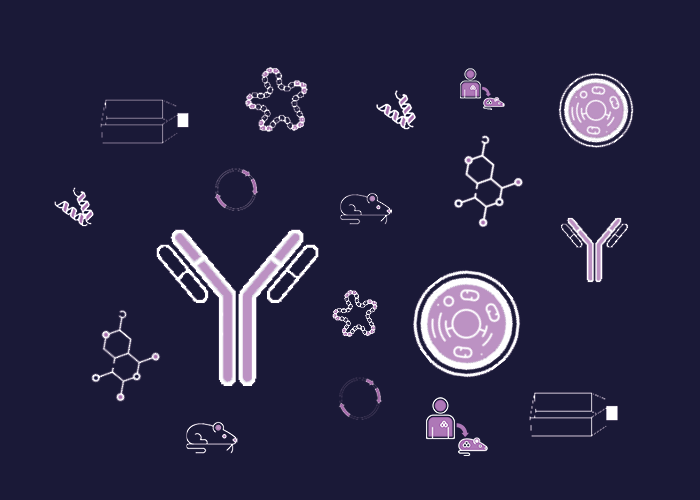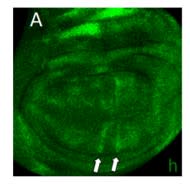
Cat. #162369
MM032 cell line
Cat. #: 162369
Availability: 8-10 weeks
Organism: Human
Tissue: Skin
Disease: Melanoma
Model: Tumour cell line
£575.00
This fee is applicable only for non-profit organisations. If you are a for-profit organisation or a researcher working on commercially-sponsored academic research, you will need to contact our licensing team for a commercial use license.
Contributor
Inventor: Ghanem Elias, Ahmad Najem
Institute: Université libre de Bruxelles
Primary Citation: Wouters, J et al. Nat Cell Biol 2020. 22, 986–998.PMID: 32753671.
Tool Details
*FOR RESEARCH USE ONLY (for other uses, please contact the licensing team)
- Name: MM032 cell line
- Cancer: Melanoma
- Cancers detailed: Melanoma
- Organism: Human
- Gender: Female
- Tissue: Skin
- Disease: Melanoma
- Growth properties: Adherent
- Model: Tumour cell line
- Crispr: No
- Description: Unpigmented cell line derived from a skin metastasis with superficial spreading melanoma (SSM) with intrinsic Resistance to BRAFi. This cell line displays a neural crest like phenotype.
- Application: High-throughput screening/Drug testing
- Biosafety level: 2
Applications
- Application: High-throughput screening/Drug testing
Handling
- Format: Frozen
- Growth medium: Ham’s F10 supplemented with 10% of fetal calf serum (FCS), with L-glutamine (1mM), penicillin (100 IU/ml), and streptomycin (100 µg/ml). Renewal 2 to 3 times per week
- Temperature: 37°C
- Atmosphere: 5% CO2
- Shipping conditions: Dry Ice
- Storage conditions: Liquid Nitrogen
- Subculture routine: Split sub-confluent cultures (70-80%) 1:2 to 1:5
- Cultured in antibiotics: Yes
- Str profiling: Cell Line Authentication was performed using STR profiling with AmpFLSTR™ Identifiler™ PCR Amplification Kit (Thermo Fisher Scientific). 16 independent PCR-systems (D8S1179, D21S11, D7S820, CSF1PO, D3S1358, TH01, D13S317, D16S539, D2S1338, AMEL, D5S818, FGA, D19S433, vWA, TPOX, and D18S51) were investigated and analyzed (Eurofins Genomics, Germany). The STR profile can be provided.
References
- Najem et al. 2023. Cells 12, 1855. PMID: 37111048
- Zalfa et al. 2017. Cell Death Dis 8, e3169. PMID: 28912503
- Sabbah et al. 2021. Mol Cancer Res 19, 1221–1233. PMID: 34021077
- Rambow et al. 2018. Cell 174, 843–855.e19. PMID: 30033366



